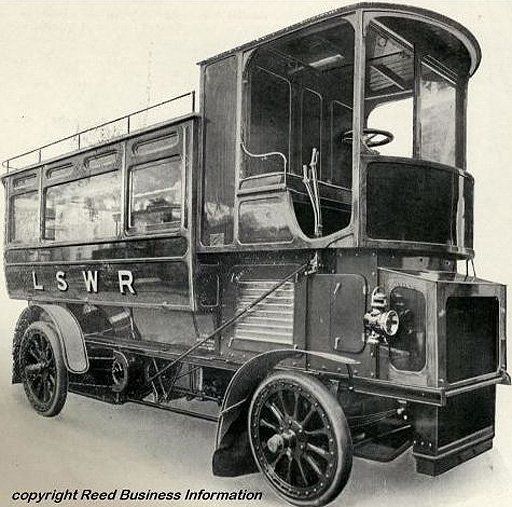|
|
Old Steam Trucks
|
The cab is an enclosed space where the driver is seated. A "sleeper" is a compartment attached to the cab where the driver can rest while not driving, sometimes seen in semi-trailer trucks.
There are several possible cab configurations:
- "Cab over engine" (COE) or "flat nose"; where the driver is seated above the front axle and the engine. This design is almost ubiquitous in Europe, where overall truck lengths are strictly regulated, but also widely used in the rest of the world as well. They were common in North America, but lost prominence when permitted length was extended in the early 1980s. To reach the engine, the whole cab tilts forward, earning this design the name of "tilt-cab". This type of cab is especially suited to the delivery conditions in Europe where many roads follow the layout of much more ancient path, and trackways which require the additional turning capability given by the short wheelbase of the cab over engine type. The COE design was invented by Viktor Schreckengost.
- Conventional cabs are the most common in North America and Australia, and are known in the UK as "American cabs" and in the Netherlands as "torpedo cabs". The driver is seated behind the engine, as in most passenger cars or pickup trucks. Conventionals are further divided into large car and aerodynamic designs. A "large car" or "long nose" is a conventional truck with a long (6-to-8-foot or 1.8-to-2.4 m or more) hood. "Aerodynamic" cabs are very streamlined, with a sloped hood and other features to lower drag.
|
|









